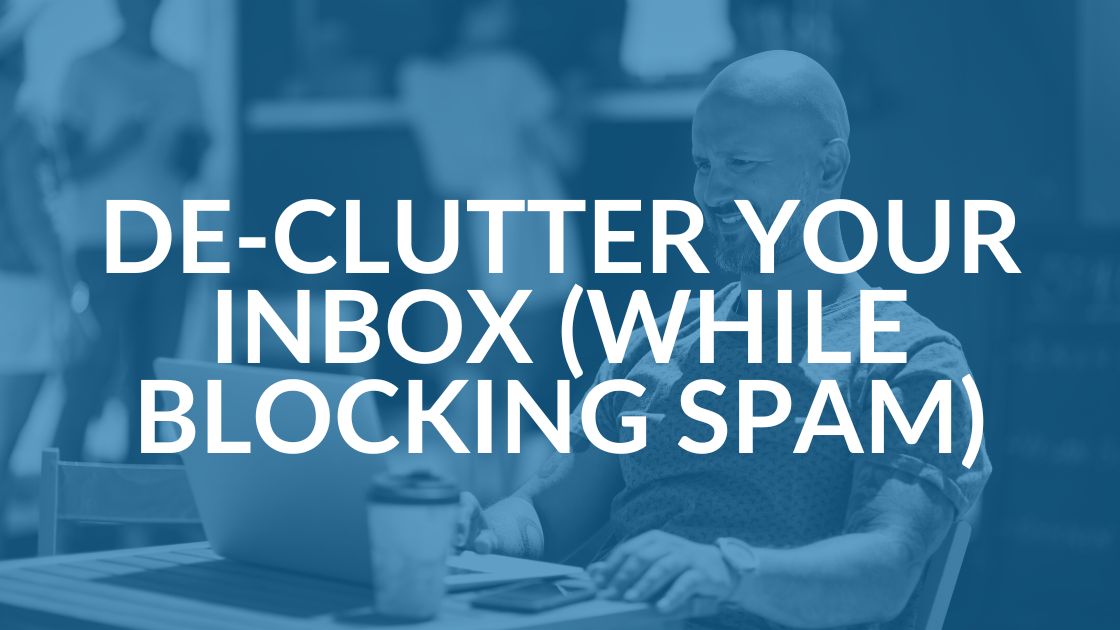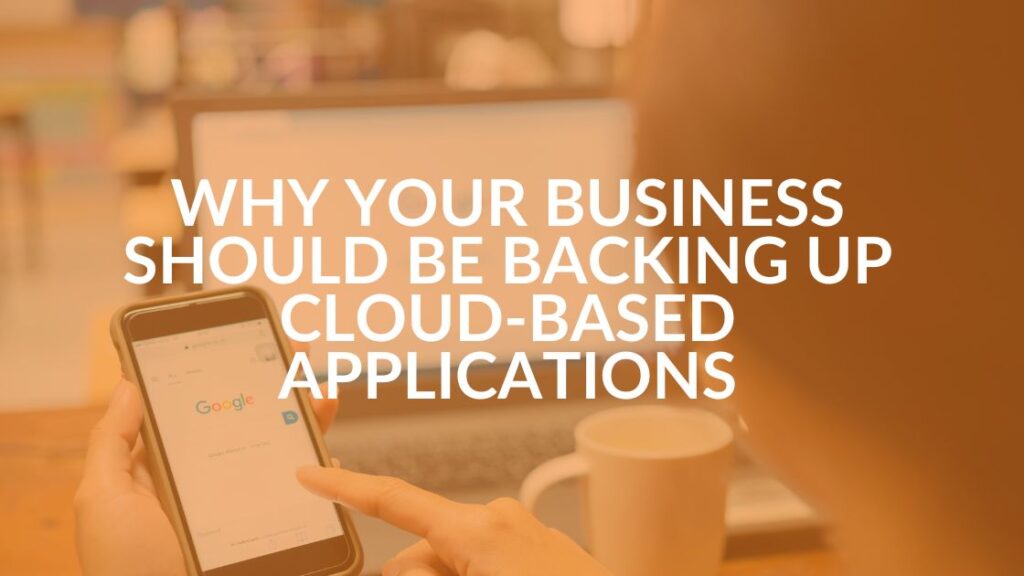How To Stop Unwanted Emails

We all receive those pesky spam emails that crowd your inbox and make it difficult to organize. They can be newsletters from companies you may have signed up for and no longer want, spam mail, or even phishing emails sent by scammers trying to access your information. No matter the type, you can stop unwanted emails. As a managed service provider, we offer a variety of solutions for email issues like this.
Marketing Emails
Marketing emails are from businesses you’ve had contact with in the past by signing up for a newsletter. You may not want to keep receiving these emails or want them to come less frequently, or you may not even remember signing up.
If you’re confident the email is something you signed up for, you can scroll to the bottom and click on the option to unsubscribe or update your preferences.
If you’re not sure the email is legit or you don’t recall signing up, you can right-click the email in Outlook, and under the junk option you can choose to Block Sender. These emails will be sent to your junk mail, so you’ll be able to unblock them in the future if you want..
Unsolicited Emails (Spam)
Unsolicited emails are often called spam. Spam emails are from people or companies you haven’t had contact with in the past. They get your email from something else you signed up for. With spam emails, you can never be confident the unsubscribe link will let you unsubscribe, or it won’t take you to a dangerous website. The best option for these is to right-click on the email and select Block Sender.
If multiple people at your company are receiving these emails and you’re an Intrust client, you can contact us. We are able to block emails from that organization for your entire company. Keep in mind that if it’s a valid organization, some people in your company may want to receive these emails, so this is a drastic option.
Phishing Emails
Phishing emails are from scammers posing as legitimate companies to try and trick you into doing something that will give them access to your information. You can tell whether an email you’ve received is phishing by looking at the sender, which will usually expose it as a scam.
These are emails you want to report as phishing. Do this by going up to the report message button in Outlook and clicking on phishing. Make sure you only use this on phishing emails — do not report spam or newsletters as phishing. If the email is already in your junk folder, you don’t need to report it. You can just delete it.
We Can Help
If you have any questions about unwanted emails, or anything else IT-related, we can help. Contact us or book an appointment so we can help with all your IT needs.
Share this Blog

Is Your Name or Birthday a Part of Your Password?
If so, you’re a part of the 59 percent of people who don’t follow proper password hygiene. More than 70 percent of passwords are used for more than one system, meaning if cybercriminals crack one, they can access a lot more accounts.
Our free Enterprise Password Management Guide will give you the best password hygiene practices to help you secure your computer and your business.
Download the Guide
Explore the Latest Trends in IT

Microsoft 365 and Google Workspace: The Importance of Backing Up Your Cloud-Based Applications

AI Guiding Principles

Edge vs Chrome Security: Which Is the Best Browser for Your Business?




